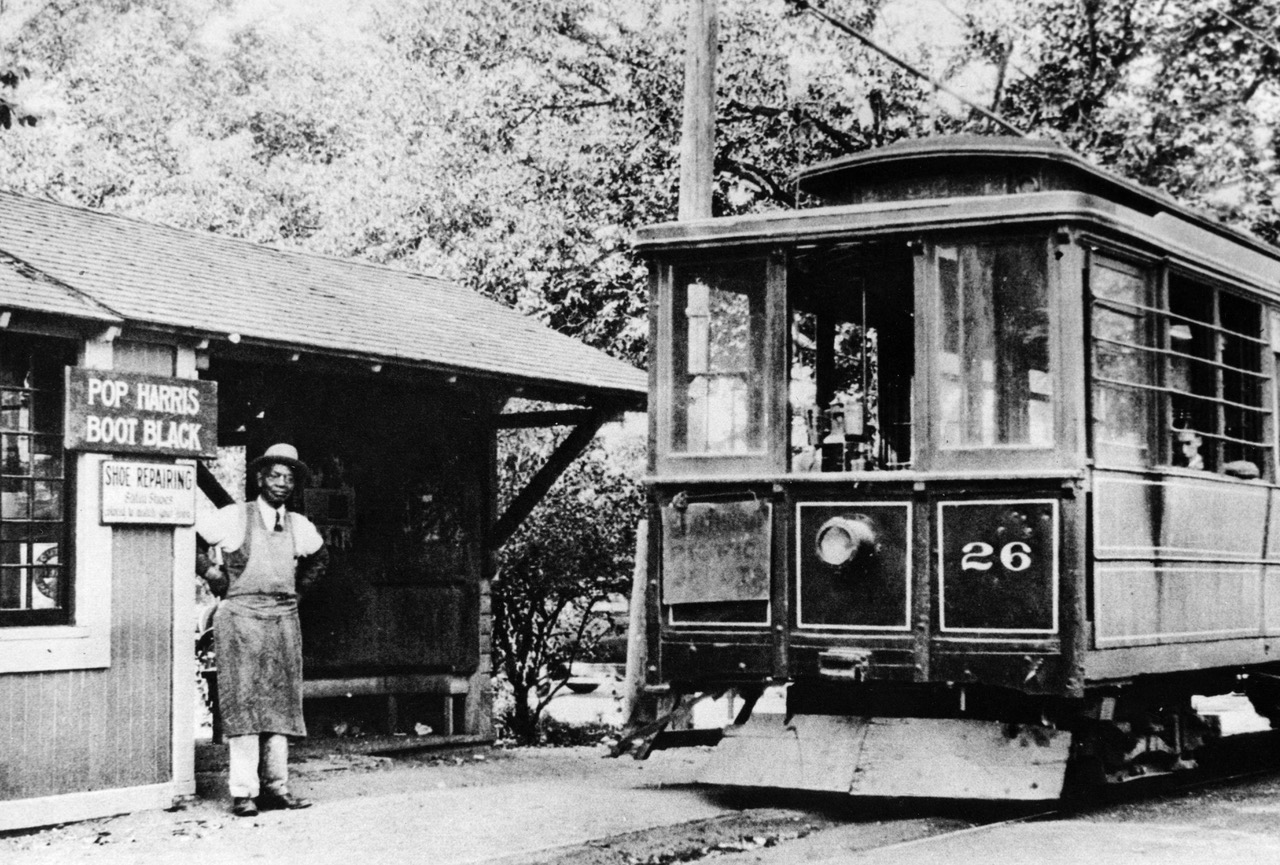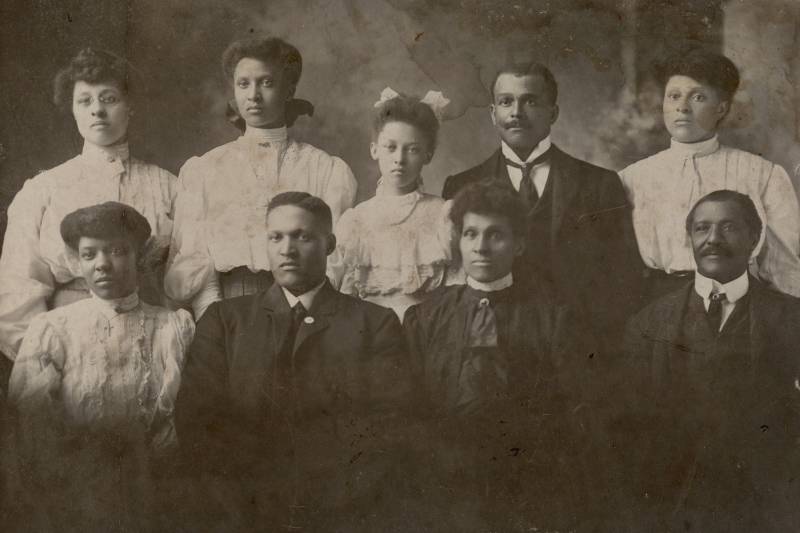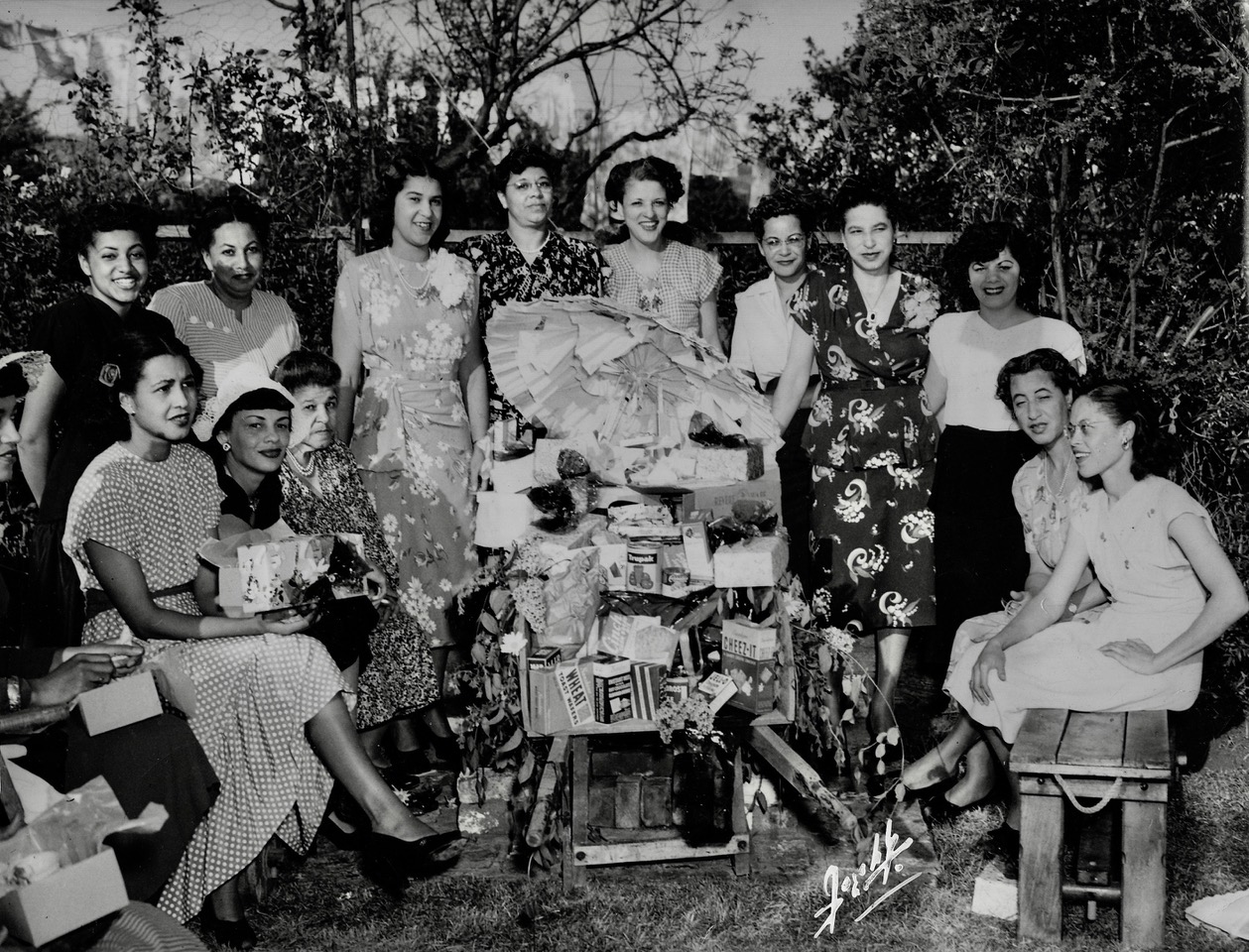In 1777, five families of mixed Mexican and African heritage arrived in Alta California with the Spanish to help establish El Pueblo de San José de Guadalupe.
“They grew the food for the presidios, the military installations in the Bay Area,” explains local historian Jan Batiste Adkins, who’s written three books on the history of African Americans in the Bay Area. Adkins says those are the first Black families in the South Bay she’s found records for.
She notes there have historically been very few African Americans who have lived on the Peninsula and in the South Bay. This explains the relative lack of awareness of their cultural and economic contributions to those areas, particularly compared to those of the much larger Black communities in San Francisco and Oakland. But that’s not to say the South Bay’s Black communities have not been influential, from “since before the beginning,” she says.
Mexico abolished slavery in 1829, but it took the United States until 1865 to officially do so. And although California was admitted to the Union in 1850 as a “free state,” the experience of Black residents here was complicated. There was even a slave market in Los Angeles. Some Southerners who came to California after the Gold Rush brought slaves with them, and a number of them subsequently sued to secure their freedom.

“Many of the families that came here came as freed men and women from the East Coast. Many of them [also] came as slaves, and found freedom here in California,” Adkins says.
First Draft of Black History
In the mid-19th century, a number of Black newspapers, like the Pacific Appeal, Mirror of the Times and the Elevator, emerged in San Francisco. Today, they remain a treasure trove of tidbits of early Black history in the region.
Consider this plea for subscriptions in the very first issue of the Pacific Appeal, in April 1862:
Reader! Our first number is before you. Will you sustain us in our infant enterprise? We have engaged in an undertaking which requires pecuniary outlay, energy, perseverance and ability. We have “Set our boat before the blast, Our breast before the gun,” and while there is a breeze to swell our canvas we will continue our voyage; — while we have a hand to wield a weapon (the pen,) we will battle against oppression and injustice. Will you support us?
“I just fell in love with reading about the history of African Americans,” Adkins said. “Those newspapers were published in San Francisco, and those newspapers carried the stories of local pioneers, not only in San Francisco, but in the entire Bay Area.”
African Americans in the South Bay built homes, churches and schools. They were abolitionists before the Civil War, and sued for civil rights afterward. But the community was tiny, less than 100 people through much of the 19th century, according to Adkins.


